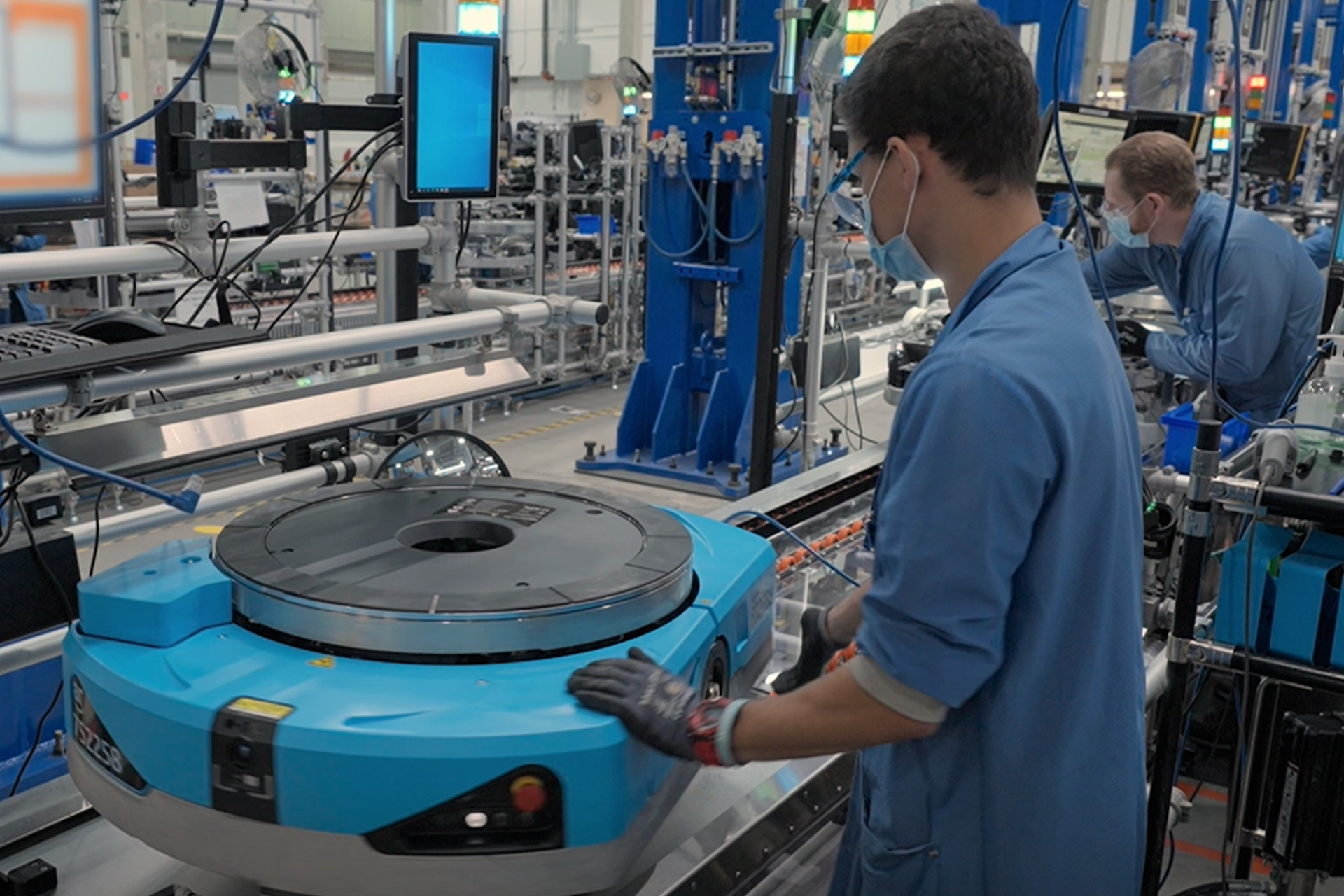According to the Institute for Supply Chain Management, economic activity in the manufacturing sector grew in July, with the overall economy achieving a 26th consecutive month of growth.
In the Manufacturing ISM Report On Business, Timothy Fiore, chair of the ISM’s Manufacturing Business Survey Committee, noted that the Purchasing Managers Index remained above 50 and, so, in positive territory.
“The July Manufacturing PMI registered 52.8%, down 0.2 percentage points from the reading of 53% in June. This figure indicates expansion in the overall economy for the 26th month in a row after a contraction in April and May 2020. “
Still, he noted that the figure represented the lowest Manufacturing PMI gain since June 2020, when it registered 52.4%.
“The New Orders Index registered 48%, 1.2 percentage points lower than the 49.2% recorded in June,” Fiore maintained. “The Production Index reading of 53.5% is a 1.4-percentage point decrease compared to June’s figure of 54.9%. The Prices Index registered 60%, down 18.5 percentage points compared to the June figure of 78.5%. This is the index’s lowest reading since August 2020: 59.5%. The Backlog of Orders Index registered 51.3%, 1.9 percentage points below the June reading of 53.2%. The Employment Index contracted for a third straight month at 49.9%, 2.6 percentage points higher than the 47.3% recorded in June. The Supplier Deliveries Index reading of 55.2% is 2.1 percentage points lower than the June figure of 57.3%. The Inventories Index registered 57.3%, 1.3 percentage points higher than the June reading of 56%. The New Export Orders Index reading of 52.6% is up 1.9 percentage points compared to June’s figure of 50.7%. The Imports Index grew again in July, up 3.7 percentage points to 54.4% from 50.7% in June.”
Fiore pointed out that the manufacturing sector grew in July, if at a slower rate month over month “as new order rates continue to contract, supplier deliveries improve and prices soften to acceptable levels. According to Business Survey Committee respondents’ comments, companies continue to hire at strong rates, with few indications of layoffs, hiring freezes or headcount reduction through attrition. Panelists reported higher rates of quits, reversing June’s positive trend. Prices expansion eased dramatically in July, but instability in global energy markets continues. Sentiment remained optimistic regarding demand, with six positive growth comments for every cautious comment. Panelists are now expressing concern about a softening in the economy, as new order rates contracted for the second month amid developing anxiety about excess inventory in the supply chain. Demand dropped, with the New Orders Index contracting again, Customers’ Inventories Index remaining at a low level but approaching 40% and Backlog of Orders Index decreasing but still in growth territory. Consumption, measured by the Production and Employment indexes, was mixed during the period, with a combined positive 1.2-percentage point impact on the Manufacturing PMI calculation. The Employment Index contracted for the third month in a row after expanding for eight straight months — September 2021 through April — but panelists again indicated month-over-month improvement in hiring ability in July. Challenges with turnover, quits and retirements, and resulting backfilling continue to plague efforts to adequately staff organizations. Inputs, expressed as supplier deliveries, inventories and imports, continued to constrain production expansion, but to a significantly lesser extent compared to June. The Supplier Deliveries Index indicated deliveries slowed at a slower rate in July, which was supported by an increase in the Inventories Index. The Imports Index continued to expand in July after one month of contraction preceded by six straight months of growth. The Prices Index increased for the 26th consecutive month, at a much slower rate compared to June.”
Fiore concluded that the manufacturing sector “performed well for the 26th straight month. There are signs of new order rates softening, cited in 16% of general comments, compared to 17% in June, as panelists are increasingly concerned about excessive inventories and continuing record-high lead times. Employment activity remained strongly positive in spite of the uncertainty with new order rates.”
Eleven manufacturing industries reported growth in July, including, from most to least, Apparel, Leather & Allied Products; Nonmetallic Mineral Products; Petroleum & Coal Products; Printing & Related Support Activities; Computer & Electronic Products; Transportation Equipment; Machinery; Textile Mills; Primary Metals; Plastics & Rubber Products, and Electrical Equipment, Appliances & Components. The seven industries reporting contraction in July compared to June, in the following order are: Wood Products; Furniture & Related Products; Paper Products; Miscellaneous Manufacturing; Fabricated Metal Products; Food, Beverage & Tobacco Products, and Chemical Products.





